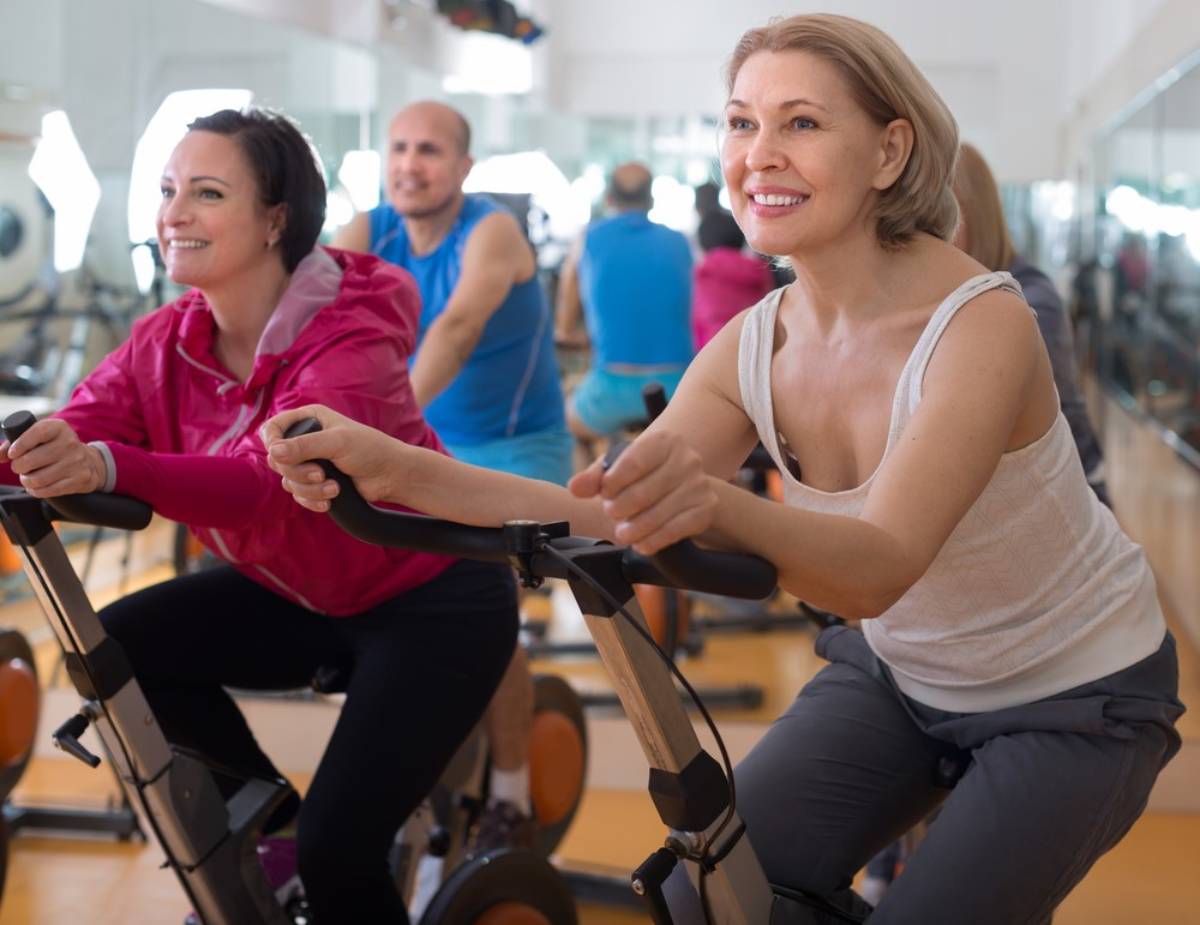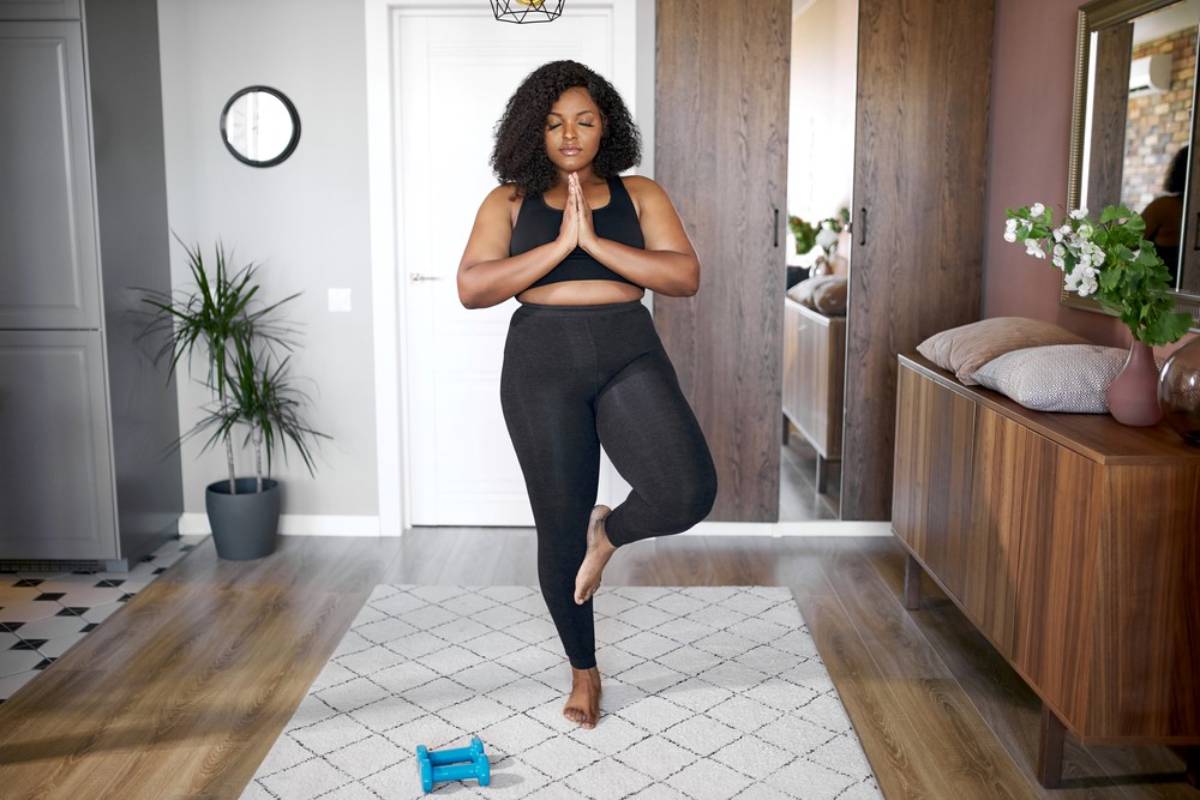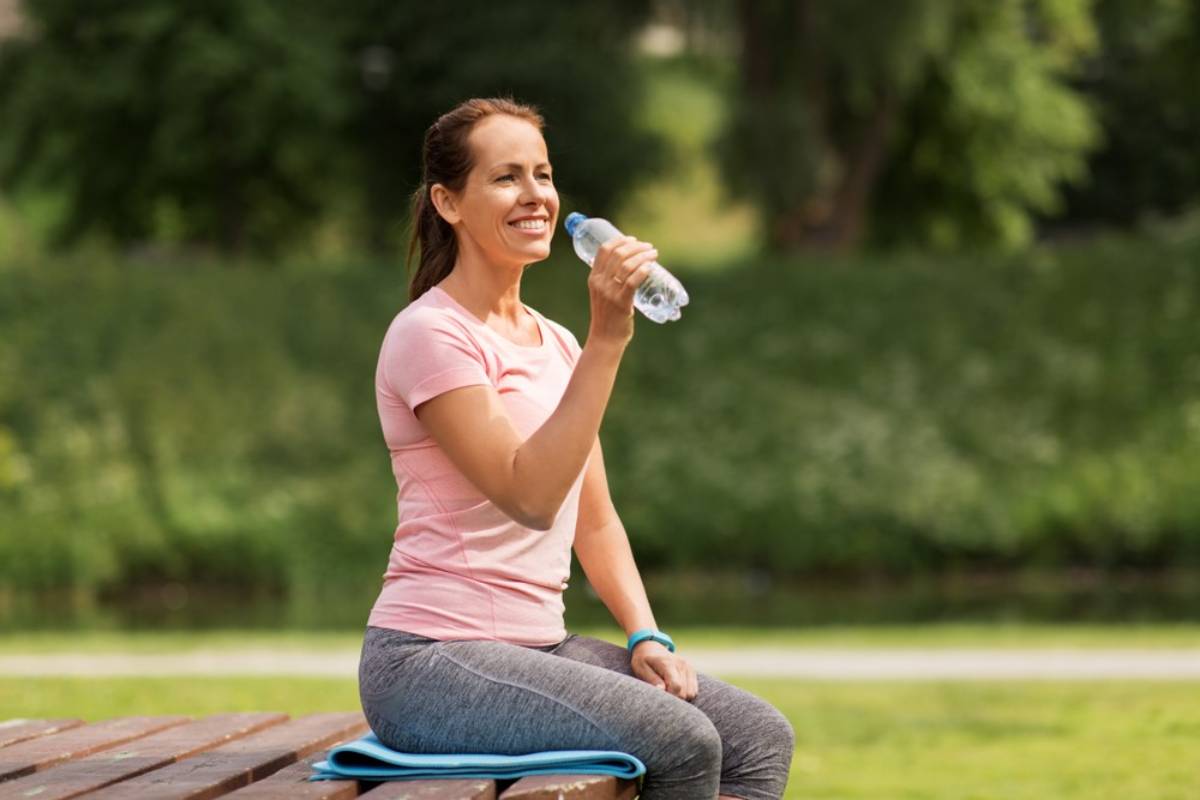Incontinence can understandably make you hesitant about daily activities such as exercising. In fact, certain kinds of exercises can actually trigger incontinence issues. However, others can help strengthen your body, reduce your stress, and otherwise reduce your chances of bladder leakage. Here are some tips to help you stick to an exercise routine while managing urinary incontinence, from wearing bladder control products to avoiding plyometrics.
Table of Contents
Use the bathroom first
As with any other activity, you should use the restroom before working out so that your bladder will be voided completely. Do it right before your workout so that you will be starting with a proverbial empty tank. Some people find that double voiding helps you to completely empty your bladder before activities, so you may find it beneficial to try that.
Watch your water intake
If you chug a bunch of water before or during your workout, it will go straight to your bladder and potentially trigger an incontinence episode. Instead, it’s better to sip on water throughout the day and during your workout. Obviously, you need to drink enough water to stay hydrated — especially if you are sweating a lot — but you don’t want to drink so much fluid that you end up having a bladder leakage incident at the gym.
Don’t eat a big meal right before
When you eat, your stomach expands downward as well as outward, putting pressure on your bladder. Eating right before exercising is also a known cause of tummy troubles. When you work out, your body slows down other processes such as digestion and focuses that energy on fueling your body for exercise instead. If you do get hungry, eat a small snack at least 20 minutes before you are ready to begin your workout. Make sure to avoid spicy food, citrus fruits, caffeine, and other known food triggers for incontinence.
Choose lower impact exercises
High impact exercises jostle both your body and your bladder, which can lead to incontinence episodes. Running and plyometrics are two examples of high impact exercises that you want to avoid. (This is why peeing while running is actually a pretty common phenomenon!) Instead, choose lower impact exercises such as swimming, walking, Pilates, and yoga. These lower impact exercises will help you work your body without putting unneeded pressure on your bladder.
Avoid heavy lifting
If you have seen a doctor about your incontinence, then they have probably warned you away from heavy lifting — and this is true for weightlifting in an exercise context as well as daily life. The reason for this is that lifting heavy objects puts a lot of pressure on the core muscles, including those that control the bladder. This extra pressure can overwhelm the pelvic muscles, causing them to open enough for urine to leak out. Skip weightlifting in favour of other strength-building workouts, such as resistance bands or bodyweight exercises.

Don’t use equipment that puts pressure on your pelvis
Besides heavyweights, another thing that you need to watch out for is equipment that puts pressure on your pelvis and can therefore cause bladder leakage. Certain weight lifting machines with seats will do this, making them double offenders. You also need to be careful with cardio equipment that involves seats, such as stationary bikes and rowing machines. Be especially careful around stationary bikes with seat designs that mimic actual bikes, which will put pressure directly on your bladder instead of spreading it out like a recumbent bike seat will.
Incorporate pelvic exercises
Your doctor may prescribe pelvic exercises such as Kegel ball exercises and pelvic tilts if your incontinence is caused by weak bladder muscles. Since you are already working out, it makes sense to incorporate these pelvic exercises as part of your workout regimen. You can do them at the end as part of your cool down and then stretch everything out afterward. Make sure that you are contracting the right muscles, as it is very easy to accidentally push down on your bladder instead of contracting the muscles that control it.
Wear bladder control products
Bladder control products will give you the peace of mind you need to exercise with confidence. Choose from a variety of products, including incontinence liners, pads, and underwear to suit your preferences as well as the level of absorbency you need. Some women also find it helpful to wear a tampon while exercising because the tampon puts pressure on the urethra and helps to prevent leaks.

Select dark-coloured clothing
If worse comes to worst and you do have some bladder leakage at the gym, wearing dark coloured bottoms will make it much harder to notice the stain. Black is the most common color for workout bottoms and it goes with everything, but you could also choose a navy or dark purple if you want to shake things up. You can wear whatever coloured shirt you want, but dark colors will also make sweat stains on your upper body less obvious as well.
Bring a change of clothes
Speaking of clothing, you should keep some dry underwear and spare clothing in your car or gym bag in case of emergency. Now, if you are wearing your bladder control products, then your clothing should stay dry even if you do experience some leakage. However, it’s always a smart idea to keep a change of clothes with you in case you have an accident or forget to wear your bladder leakage products.
Don’t let incontinence stop you from working out! If you follow these helpful tips, you can exercise with confidence in spite of bladder leakage. Just double-check that you have bladder control products and extra clothes before hitting the gym, and you’ll be fine.
Also Read: What is the use of Monatomic Gold?

